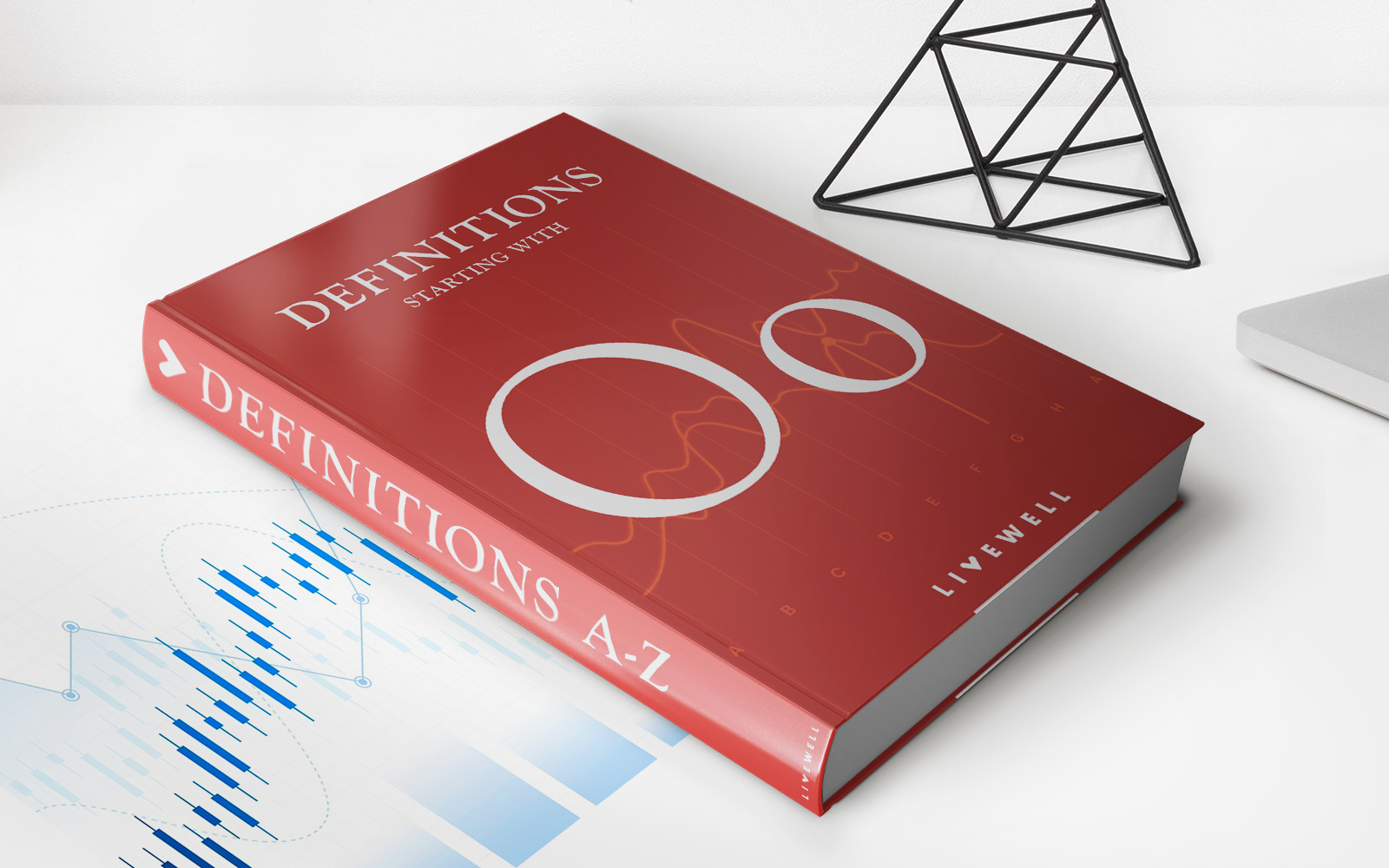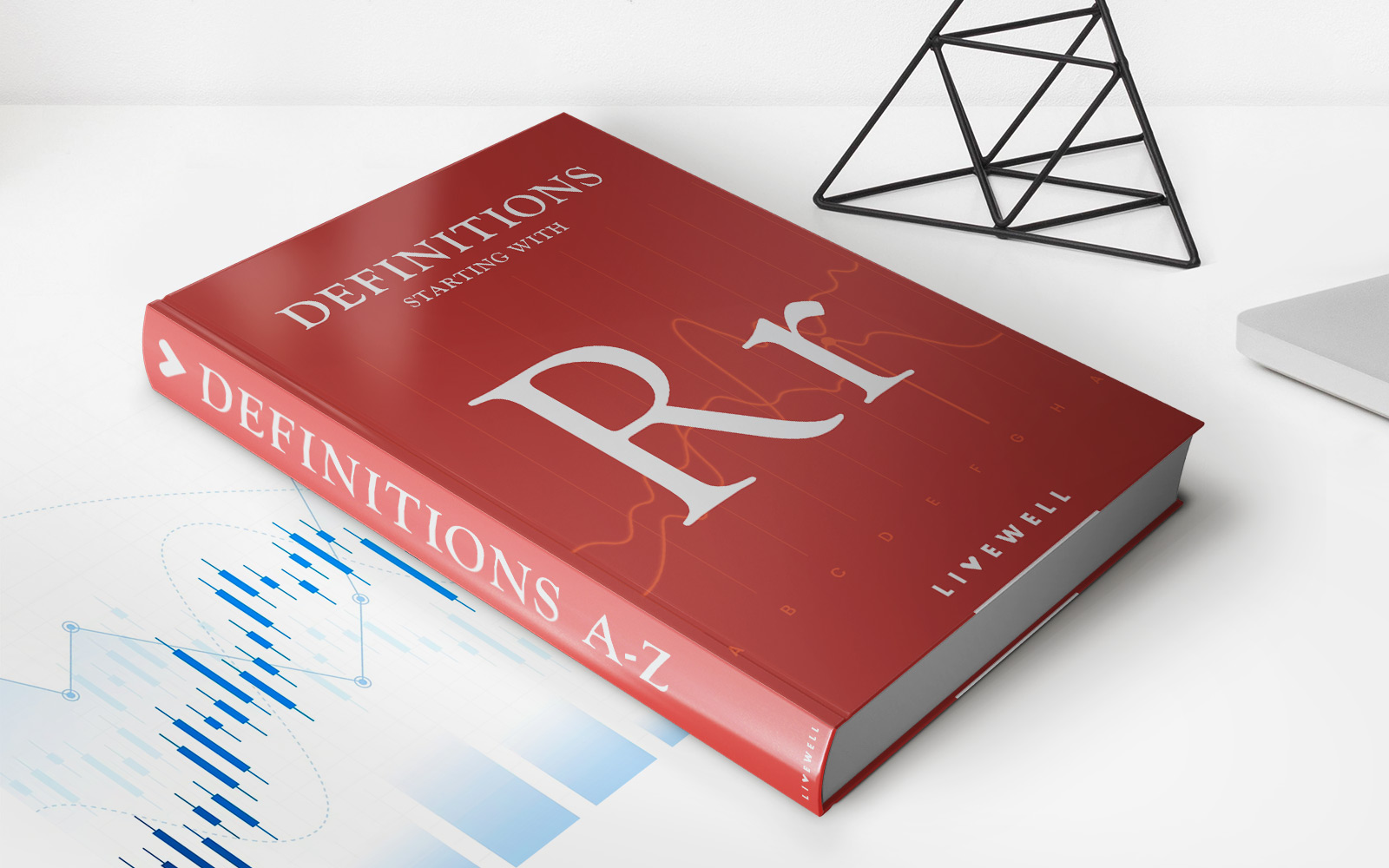Home>Finance>Wilder’s DMI (ADX) Indicator: Definition And Calculation Formula


Finance
Wilder’s DMI (ADX) Indicator: Definition And Calculation Formula
Published: February 18, 2024
Learn about Wilder's DMI (ADX) Indicator in finance, including its definition and calculation formula. Enhance your understanding of financial analysis with this powerful tool.
(Many of the links in this article redirect to a specific reviewed product. Your purchase of these products through affiliate links helps to generate commission for LiveWell, at no extra cost. Learn more)
Wilder’s DMI (ADX) Indicator: Definition and Calculation Formula
Welcome to our “FINANCE” category where we delve into various aspects of financial markets, investment strategies, and technical indicators. Today, we’re going to explore Wilder’s DMI (ADX) Indicator – a powerful tool that helps traders and investors identify the strength of a prevailing trend in the market. But what exactly is Wilder’s DMI (ADX) Indicator? And how is it calculated? Let’s find out!
Key Takeaways:
- Wilder’s DMI (ADX) Indicator measures the strength of a trend and can help traders make informed decisions about when to enter or exit a market.
- The calculation of Wilder’s DMI (ADX) Indicator involves combining three separate indicators – the Positive Directional Indicator (+DI), the Negative Directional Indicator (-DI), and the Average Directional Index (ADX).
Developed by legendary trader J. Welles Wilder, Wilder’s DMI (ADX) Indicator is widely used by technical analysts to assess the strength and potential direction of a market trend. By combining three separate indicators, Wilder’s DMI (ADX) Indicator provides a comprehensive view of market momentum and helps traders identify whether a trend is strong or weak.
So, how is Wilder’s DMI (ADX) Indicator calculated? The calculation involves deriving three components:
- +DI (Positive Directional Indicator): This indicator measures the strength of positive movement in a market by comparing today’s high and low prices with the previous day’s high and low prices.
- -DI (Negative Directional Indicator): This indicator measures the strength of negative movement in a market by comparing today’s high and low prices with the previous day’s high and low prices.
- ADX (Average Directional Index): This component calculates the average over a specific period of time to determine the overall strength of the trend.
Once we have these three components, we can use them to calculate the Wilder’s DMI (ADX) Indicator value. The ADX value ranges from 0 to 100, with higher values suggesting a stronger trend. Traders typically look for ADX values above 25 to confirm a strong trend and make decisions accordingly.
By understanding how Wilder’s DMI (ADX) Indicator is calculated and interpreting its value, traders and investors can gain valuable insights into market trends. This information can guide their decision-making process, helping them identify potential entry or exit points, manage risks, and optimize their trading strategies.
In conclusion, Wilder’s DMI (ADX) Indicator is a powerful tool that provides traders with a comprehensive view of market momentum and trend strength. By combining separate indicators to calculate the ADX value, traders can make informed decisions based on the prevailing market conditions. So, if you’re looking to enhance your trading strategy, consider incorporating Wilder’s DMI (ADX) Indicator into your analysis and enjoy a more comprehensive understanding of market trends.














